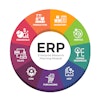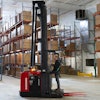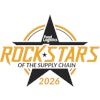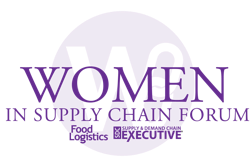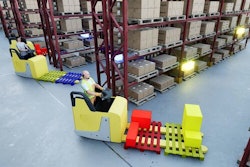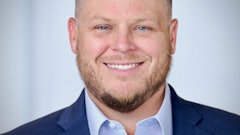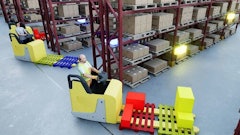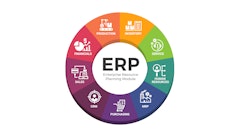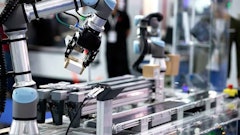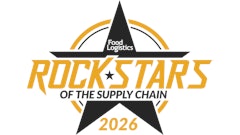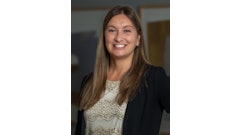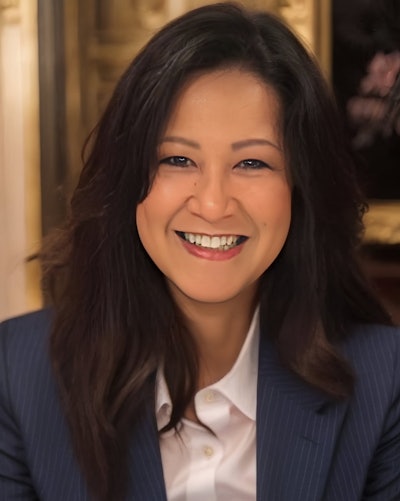
Leilani Arendell, chief logistics officer at TransPak, was named a recipient of the 2025 Women in Supply Chain award, presented by Food Logistics and Supply & Demand Chain Executive, and sponsored by Let’s Talk Supply Chain, in the Trailblazers category.
A seasoned supply chain expert with 30-plus years’ experience, Arendell’s broad experience in domestic and international transportation augments her in-depth understanding of industry trends, government regulations and process efficiency. Arendell launched TransPak’s logistics operation in 1998, and since then, has driven double-digit revenue growth each year. In addition, she manages TransPak’s warehousing operation. By earning a CCSF certification, she enabled multiple unique solutions for TransPak’s importers and exporters for their freight, general pick-and-pack operations and warehouse fulfillment. She travels to more than a dozen countries each year to understand the ever-changing demands of the supply chain. She’s also certified as a specialist in customs export and import procedures, and a specialist in TSA Air Cargo Screening and Training for physical, x-ray technology ETD systems.
Some of Arendell’s greatest opportunities came from doing things differently, whether it’s building freight solutions inside a crating company, proactively helping customers lower their overall spend to build long-term partnerships or the willingness to rethink the obvious that opens new doors. She sees her chief logistics officer role at TransPak as much larger than simply moving freight from Point A to Point B. By connecting the dots across global trade practices, freight forwarding, crating, and compliance, Arendell doesn’t just deliver shipments; she delivers smarter strategies that help customers thrive in an increasingly complicated world.
Marina Mayer, editor-in-chief of Food Logistics and Supply & Demand Chain Executive and co-founder of the Women in Supply Chain Forum, sat down with Arendell to detail challenges in the supply chain industry, why data and insight is important to drive change and why being on the ground where your customers are is vital in doing business.
Food Logistics and Supply & Demand Chain Executive: Let’s first talk about you. Tell us about yourself and your journey and how you got to this current stage in your career.
Leilani Arendell: I started in data analytics. At the age of 19, I was tasked with helping a freight forwarding company go live with a new system. While working on that project, I recognized that the company was moving its freight inefficiently. I explained which carriers weren't performing and how the company could save money.
Shortly after that project, I was promoted from a system analyst to managing an established freight team, where I was the only woman. Being a 20-year-old woman, it wasn't easy to be taken seriously, but the opportunity was there for me to conquer one thing at a time, prove myself, and make a difference.
I quickly learned how to use data and insight to drive change. I loved shaking things up and making changes, but I was very careful not to push too hard. That foundation has guided me throughout my career for the past 35 years.
Things have obviously evolved significantly since the early '90s when my career began. It's been gratifying to watch and to be part of that change.
Food Logistics and Supply & Demand Chain Executive: You’re a seasoned supply chain expert with 30-plus years’ experience. Walk me through some of the challenges you personally have faced in the industry, and what you did to turn those challenges into opportunities.
Arendell: There are ALWAYS challenges. When you work in the supply chain, you have to have your pulse on the economy and your head on a swivel at all times. There are constant industry disruptions from weather, regulations, tariffs, wars, technological shifts, and more; the supply chain never stands still.
It’s essential to be able to anticipate the next move in advance. It’s crucial to have two to three well-developed plans that include multiple routing options, while maintaining the ability to adapt as needed. If you don’t plan, you can’t be ready, and then you’re behind.
One good example is how the events of 9/11 immediately changed the course of how professionals move air freight. My team at TransPak had to collaborate with the TSA to implement programs to screen freight to keep aircraft safe. We were one of the first freight forwarders to adopt the x-ray technology, serving as a test center for screening emerging technology that helped develop some of the guidelines later used by the TSA.
For me, the challenge is to take these inevitable disruptions and turn them into opportunities for efficiency, resilience, and stronger solutions for our customers.
Food Logistics and Supply & Demand Chain Executive: According to your nomination, you travel to more than a dozen countries each year to understand the ever-changing demands of the supply chain. Why is this important?
Arendell: Being on the ground where your customers are doing business is vital. Every country and region has unique challenges, from infrastructure to business cultures, that play a part in how things get done.
By traveling and understanding the culture, I build the necessary relationships so our team can move quickly and effectively.
My experience in the countries we operate in is a major advantage for TransPak’s customers. Understanding local complexities and adapting our logistics strategies to meet global regulations while addressing local realities means our customers are getting a partner who truly understands how to deliver in their specific markets.
Food Logistics and Supply & Demand Chain Executive: You see your chief logistics officer role at TransPak as much larger than simply moving freight from Point A to Point B. What does this mean? How do you see your role?
Arendell: As chief logistics officer at TransPak, I’m responsible for strategy, growth, and ensuring that our global team and solutions support our customers where they need us.
In the time I’ve been at TransPak, we’ve evolved from a mom-and-pop business with one location in San Jose, Calif., to a fully integrated global company.
My customers' priorities have become mine. I need to ensure that the strategies are aligned and the global team is moving in sync. It’s an important role.
Food Logistics and Supply & Demand Chain Executive: What are your Top 3 predictions/trends for supply chain and logistics come 2026?
Arendell: Top 3 trends I’m watching:
Shifts across Asia. The shift of goods from China to throughout Asia, especially in countries that are still building their infrastructure. TransPak is moving with these changes, and moving with our customers, making sure we’re present in the regions where they need us the most. This year, we opened a control tower in Singapore and a new facility in Pune, India. We’re also getting ready to open new facilities in Thailand and Vietnam in the near future.
Next-gen data servers. Next-generation data servers are large, heavy, and extremely sensitive. There will be a surge in 2026 for specialized logistics and packaging services to meet these needs. Logistics professionals need to be prepared to ensure they're ready to meet this challenge, with strict security, climate control options, and on-time reliability. Proven high attention to detail, process, and follow-through is essential.
AI-driven logistics and the human touch. AI in logistics (and everywhere else, it seems) is accelerating. I think we’ll see things move well beyond the planning side (predictive planning tools) this year. But what I’m watching most closely is how people are balancing the two (AI versus the “human touch”). For logistics teams that provide a white-glove service and serve high-value industries, AI will be able to streamline many things. However, the balance lies in knowing where the human touch is still essential, in order to provide the accountability and touch points that our customers are still seeking.


